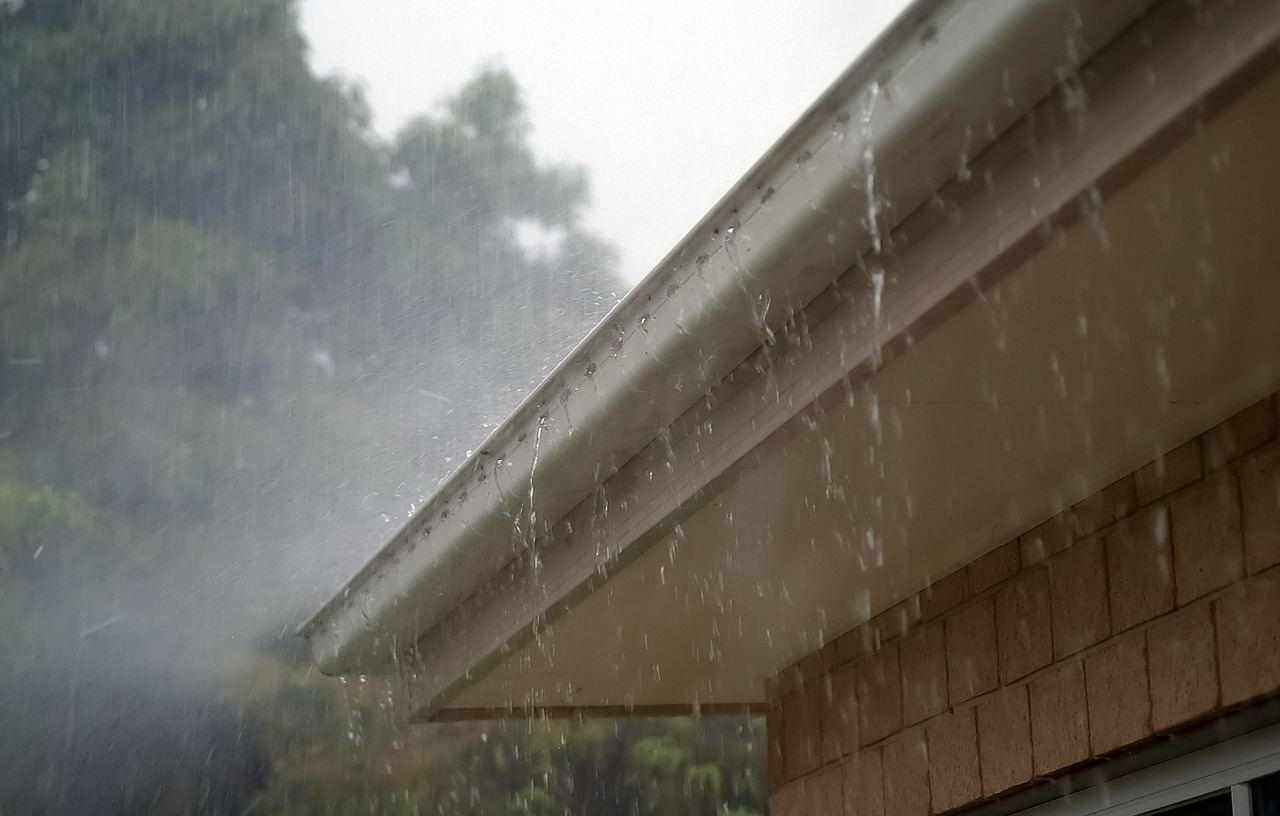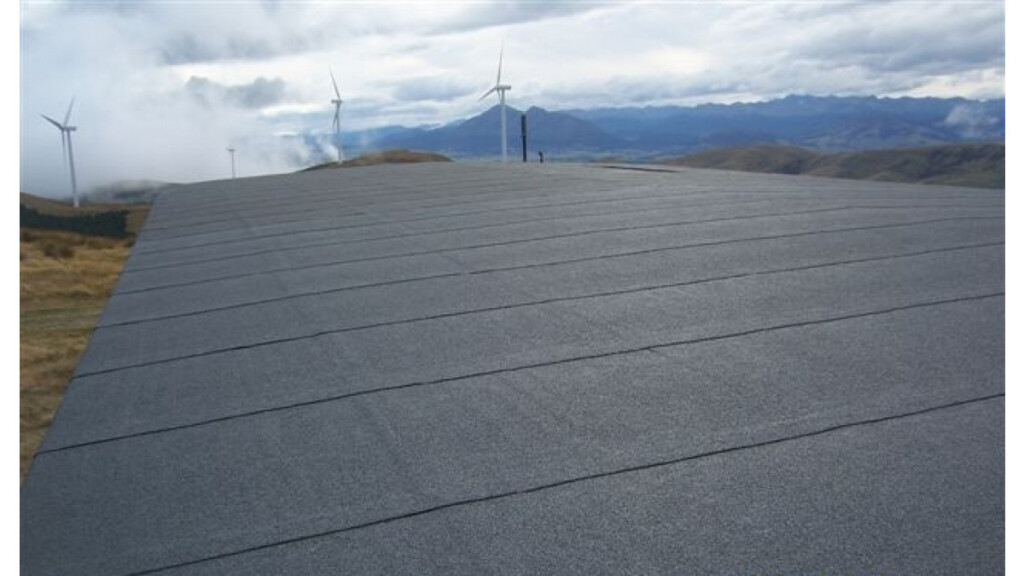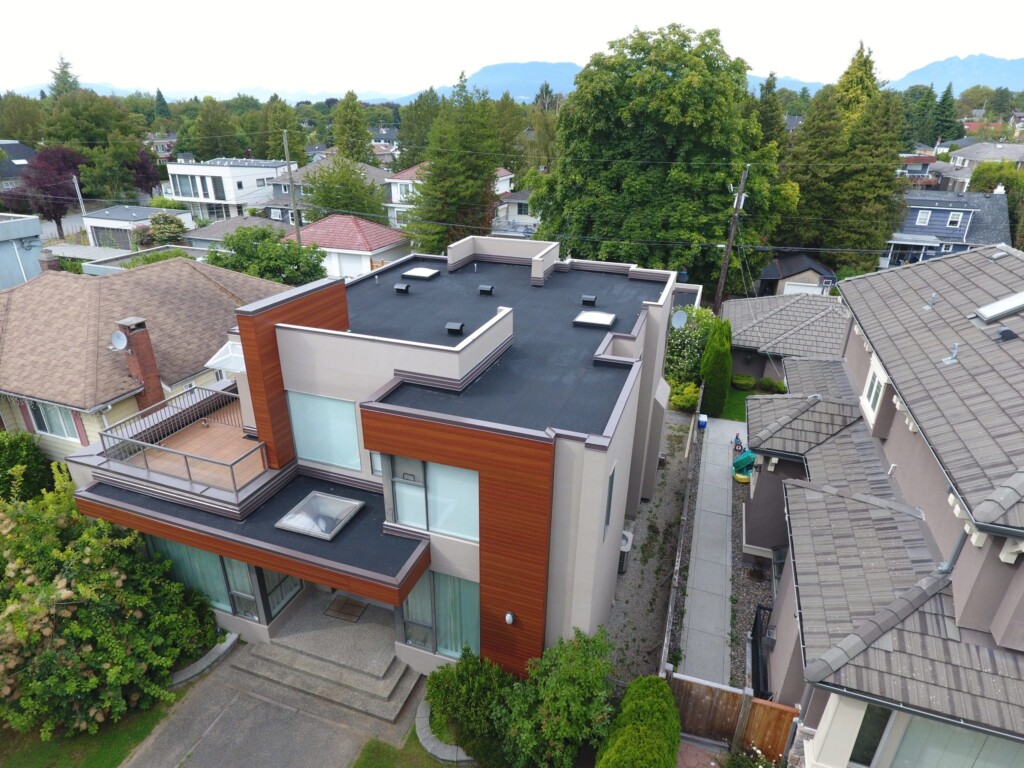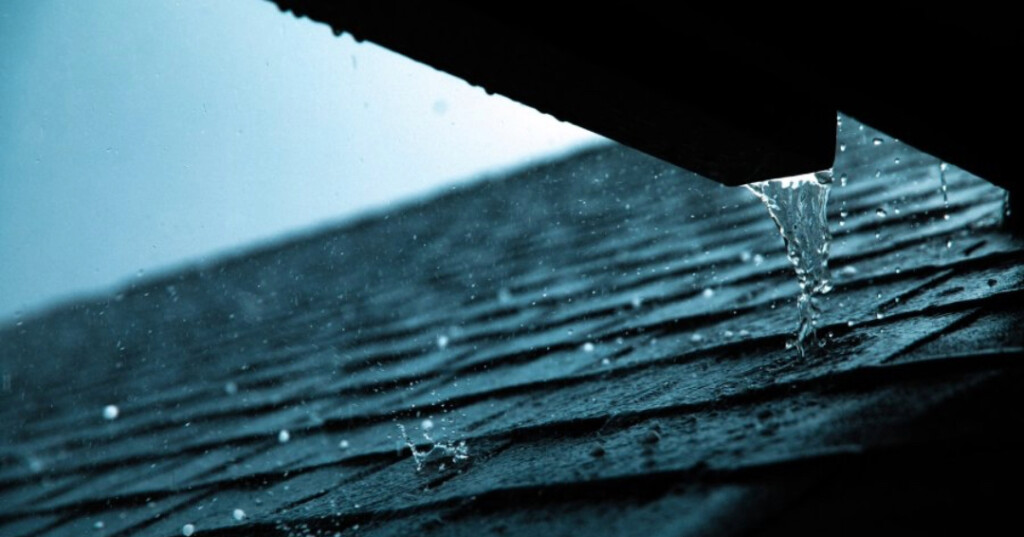Choosing the right roof for your building is a pivotal decision that influences not only the aesthetic appeal but also the functionality and durability of your property. The two primary contenders in this choice are flat roofs and pitched roofs. Each comes with its own set of advantages and challenges, especially when considering specific climatic conditions such as regions with high rainfall, persistent winds, occasional snowfall, and extended daylight hours during warm summers. Understanding the nuances of each roof type will empower you to make an informed decision tailored to your building’s needs and environmental context.
Understanding Flat Roofs
Flat roofs are characterized by their minimal slope, often appearing level to the untrained eye. However, they typically have a slight incline to facilitate water drainage. Commonly found in modern residential designs, commercial buildings, and industrial facilities, flat roofs are constructed using materials such as built-up roofing (BUR), modified bitumen, single-ply membranes like EPDM, and spray polyurethane foam (SPF).
Pros of Flat Roofs:
-
Cost-Effective Installation: Flat roofs generally require fewer materials and less labour, making the initial installation more affordable compared to pitched roofs.
-
Additional Usable Space: The flat surface can be utilized for various purposes, including installing HVAC units, and solar panels, or creating rooftop gardens and recreational areas.
-
Modern Aesthetic Appeal: Flat roofs align with contemporary architectural trends, offering a sleek and minimalist appearance.
Cons of Flat Roofs:
-
Drainage Challenges: Despite the slight incline, flat roofs are more susceptible to water pooling, especially in regions with heavy rainfall or snowfall. This can lead to leaks and structural damage if not properly maintained.
-
Shorter Lifespan: Flat roofs typically have a shorter lifespan, averaging around 10 to 30 years, depending on the materials used and maintenance practices.
-
Maintenance Requirements: Regular inspections and maintenance are crucial to address potential issues like membrane punctures or drainage blockages.
Understanding Pitched Roofs
Pitched roofs are defined by their steep incline, forming a triangular shape. This design is prevalent in traditional residential architecture and is constructed using materials such as asphalt shingles, clay or concrete tiles, and wood shakes.
Pros of Pitched Roofs:
-
Efficient Water Drainage: The steep slope facilitates quick runoff of rain and snow, reducing the risk of water accumulation and leaks.
-
Longevity and Durability: Pitched roofs are known for their durability, often lasting between 20 to 50 years or more with proper maintenance.
-
Enhanced Insulation: The design allows for better insulation and ventilation options, contributing to improved energy efficiency within the building.
Cons of Pitched Roofs:
-
Higher Installation Costs: The complexity of design and increased material requirements make pitched roofs more expensive to install.
-
Maintenance Challenges: The steep incline can make inspections and repairs more challenging and potentially hazardous, often necessitating professional assistance.
-
Increased Wind Exposure: In areas with persistent high winds, the larger surface area of pitched roofs can be more susceptible to wind damage.
Climate Considerations for Roof Selection
When selecting between a flat and pitched roof, it’s essential to consider the specific climatic conditions of your region:
-
High Rainfall and Snowfall: Pitched roofs are advantageous in areas with significant precipitation due to their efficient water-shedding capabilities.
-
Persistent Winds: Flat roofs offer better wind resistance as their low profile minimizes wind uplift forces.
-
Extended Daylight Hours and Warm Summers: Flat roofs provide an ideal platform for solar panel installations, maximizing energy capture during long daylight periods.
Cost Implications
While flat roofs may present lower initial installation costs, it’s crucial to factor in long-term maintenance expenses. Pitched roofs, though more expensive upfront, often result in lower maintenance costs over time due to their durability and design advantages.
Making the Right Choice
Your decision should align with your building’s architectural style, functional requirements, budget constraints, and the environmental conditions of your location. Consulting with roofing professionals can provide tailored insights, ensuring that your choice enhances both the performance and aesthetic appeal of your property.
In conclusion, both flat and pitched roofs have their distinct merits and challenges. By carefully evaluating the pros and cons in the context of your specific needs and local climate, you can select a roofing solution that offers lasting value and protection for your building.






